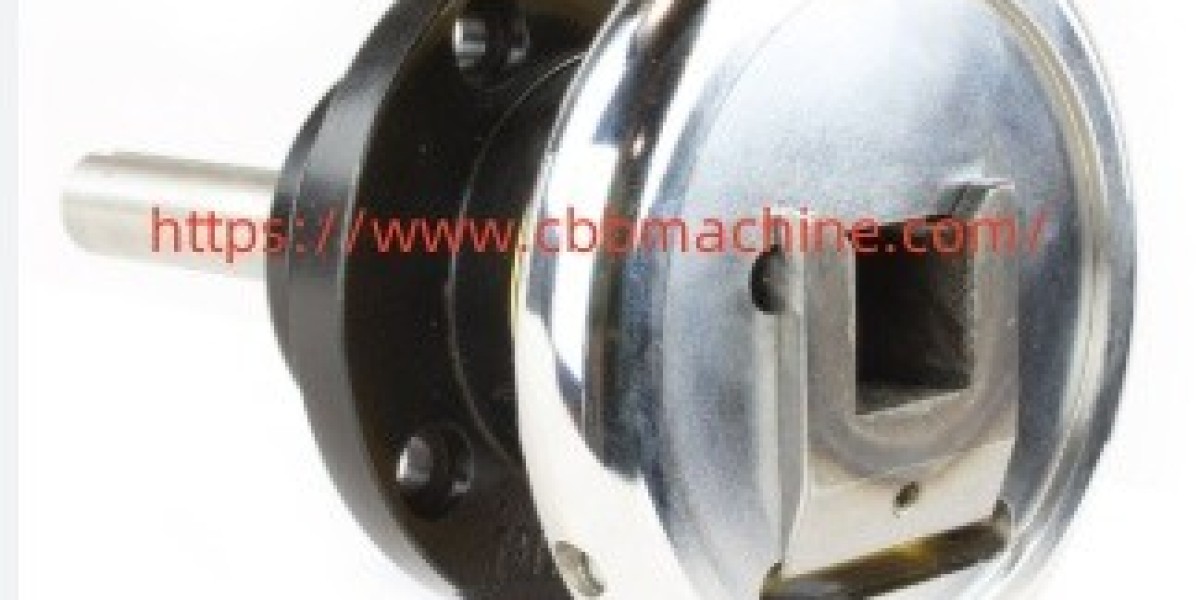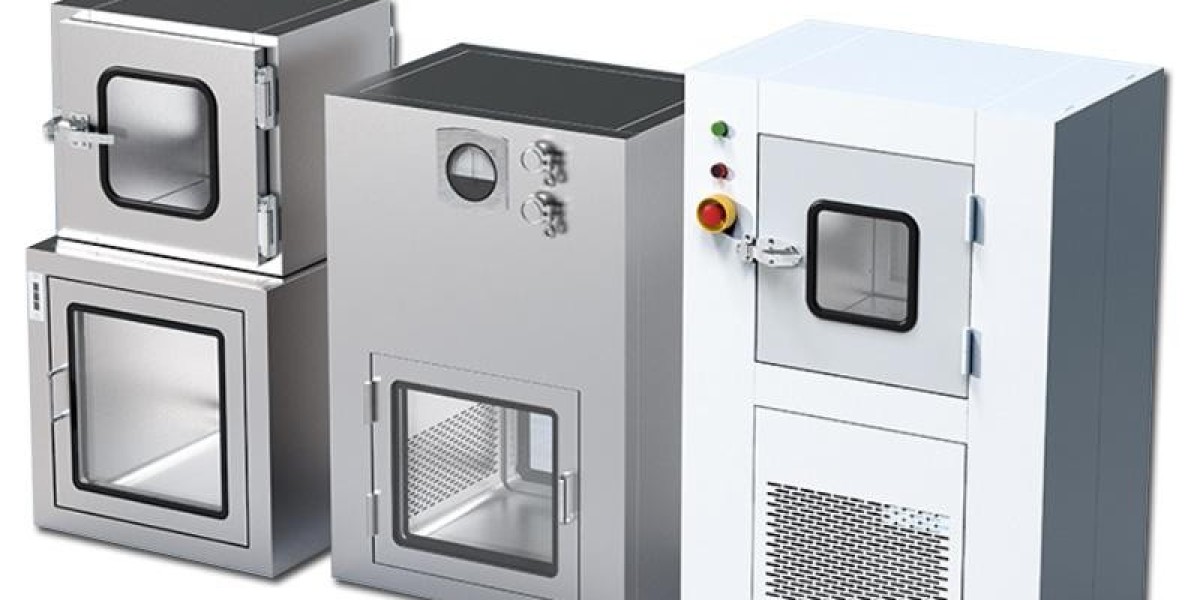In modern manufacturing, precise regulation of material tension is essential to ensure smooth production and high-quality outputs. The Tension Controller plays a crucial role in maintaining consistent tension levels in various processes involving films, textiles, wires, and paper. By stabilizing tension, it helps prevent issues such as material stretching, wrinkling, or breakage, which could otherwise lead to waste and downtime.
Over the years, numerous technologies have emerged to manage tension effectively. Mechanical systems rely on springs and brakes, while pneumatic designs use air pressure to exert force. However, the most advanced setups employ electronic sensors and feedback mechanisms to monitor tension in real time and adjust accordingly. Choosing the right technology depends heavily on the specific material and production environment, as each system has its own advantages.
A key benefit of maintaining controlled tension is improved material utilization. When tension fluctuates beyond optimal levels, raw materials may suffer damage, resulting in increased rejects and production costs. Proper tension management enhances the overall workflow by reducing stoppages caused by jams or breakage, leading to greater efficiency on the manufacturing floor.
Industries such as packaging, printing, and textile production are especially reliant on accurate tension control. In packaging lines, consistent tension ensures that films are stretched evenly, producing sealed packages that maintain product freshness. For printing processes, controlled tension guarantees precise image alignment and avoids defects like blurring or streaking, ensuring customer satisfaction with every batch.
Integration of tension regulation devices with modern automation systems marks a significant leap forward. Many solutions now support remote control and real-time data monitoring, enabling operators to make quick adjustments and identify potential issues early. This connectivity supports predictive maintenance, reducing downtime and extending the lifespan of machinery.
Furthermore, ease of maintenance is a vital consideration. Durable, modular designs allow quick repairs and replacements, minimizing production interruptions. Industrial environments often demand robust components able to withstand harsh conditions, including dust, temperature fluctuations, and mechanical vibrations.
As manufacturers seek higher quality and efficiency, investing in advanced tension regulation technologies becomes imperative. Optimal tension control not only improves product consistency but also contributes to cost savings and environmental sustainability by reducing waste.
For further information about different types, benefits, and applications of tension regulation systems, visit https://www.cbbmachine.com/news/industry-news/tension-controller-types-importance-applications-and-more.html









